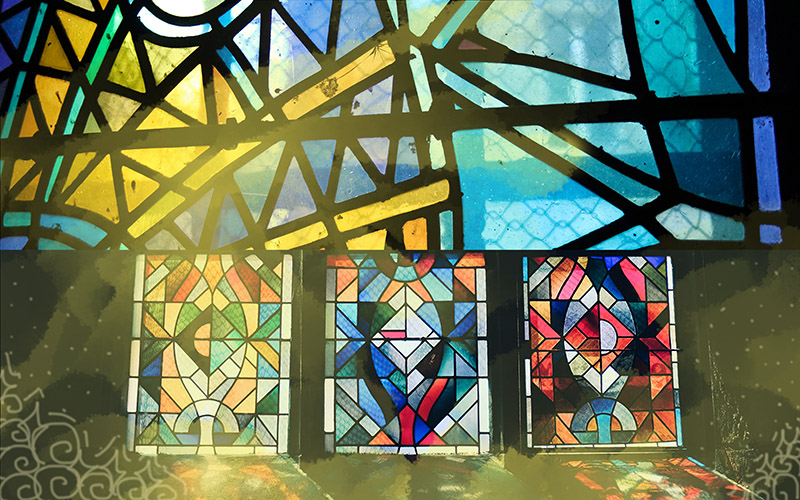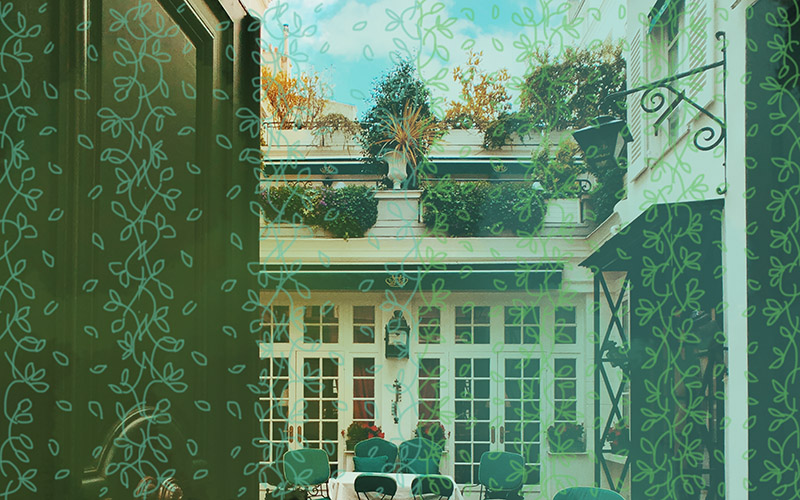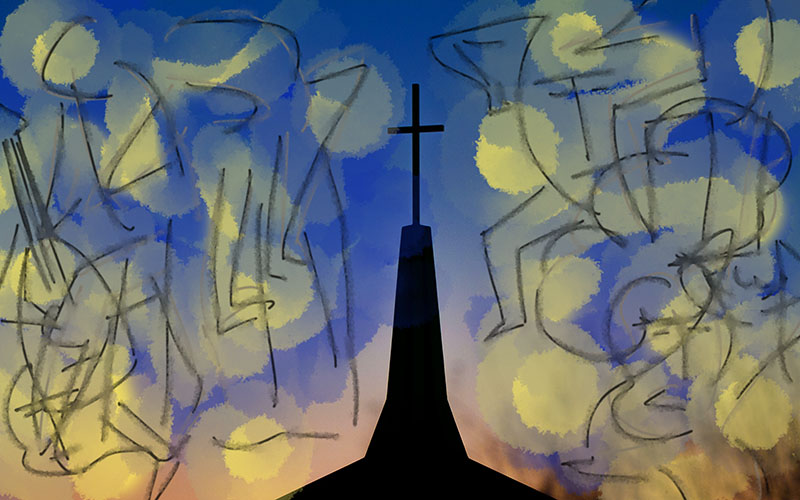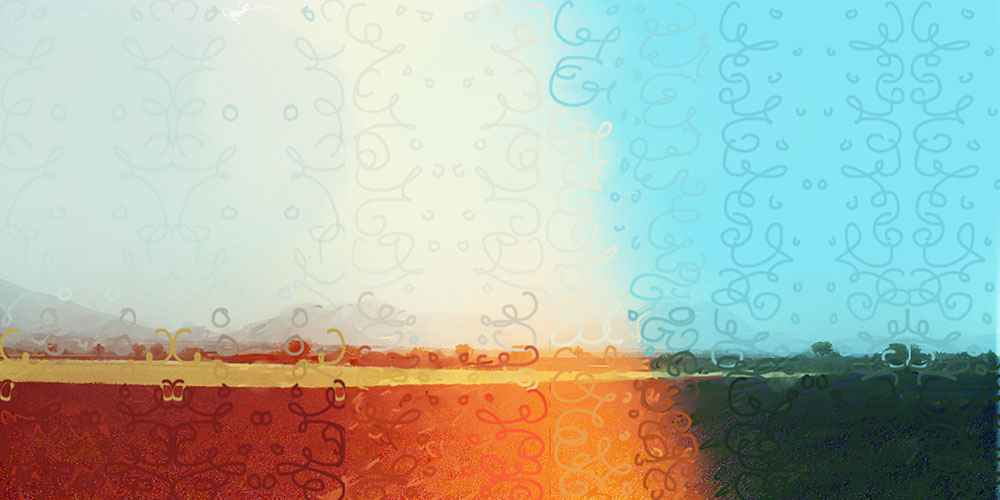For visitors to the French Riviera, there are so many advantages embedded in the off-season. No deadlocked traffic notorious in August, more attentive service in restaurants and shops, tourists are reassuringly a rarity, and gone are the queues. When I went, I was often the only tourist, which allowed me to become fully immersed in the French vernacular, especially with the locals who were liberated from the constraints of the tourist trade.
The Côte d’Azur, or the French Riviera, if you prefer, is where so many of the Impressionists and their descendants descended for their senior days and plied their trade and nowhere (not even in Italy) are there as many collections, museums, houses, or studios entirely devoted to individual artists.
“Impressionism is the newspaper of the soul,” declared the great artist Henri Matisse and, to escape World War Two and the bombing of Nice, he took himself up to Vence. It was my first port-of-call and what a special experience it was to pop in on his sublime creation, the Matisse Chapel. Between 1947 and 1951, aging and unwell, he struck up a strong rapport with his nurse from the neighboring Dominican nunnery and offered to convert the garage into a chapel especially for her.
It was, he considered, “despite all its imperfections my masterpiece.” It’s sublime and heavenly using outside light to influence the inside ambiance and consists of only three colors: green, to represent nature; blue, the sky; and yellow, the presence of God. The blue reflects through the stained glass into purple and the green into a paler and more tranquil version, with only the yellow symbolically staying its ethereal constancy.

The chapel has stayed ahead of its time as a wonderfully modern conception. It is steeped in further symbolism. The altar raised upon only one step, made of local stone the color of Eucharist bread and carrying a simple sinuous metal cross on which Christ, hangs. The simple wooden lectern is set on a daring diagonal to address both congregations (one in the transept the other the nave). The confessional is reduced to a simple radiator and cushion-free wooden chair for the priest and an arabesque door. His belief was that “a work of art should be a site of exchange and communication.” And I sensed strongly the stillness and light and the clarity and simplicity giving the chapel a joyful and inspiring feel.
Down to La Colle sur Loup I drove for lunch at Alain Llorca’s eponymous restaurant. He certainly pushes the boat out though hopefully not the belly! Then lower down the valley, to Cagnes-sur-Mer, to where Renoir had his house. It’s been kept intact as a refreshing reminder of a former age complete with selected works as well as his easel and wheelchair. On the grounds and preserved amongst a less inspiring town below are old sloping orchards of fabulously knotted olive trees.
Up I went to the old town of Mougins to dine at L’Amandier, a choice restaurant, full of character and authenticity. Picasso discovered the town in 1936 but it was in his last 12 years, ending in 1973, that he lived close to a chapel and amongst birdsong at le Mas Notre-Dame de Vie. I stayed close by at the Le Manoir de l’Etang. It’s a tasteful, homely farmhouse, designed by Maurice Gridaine and converted into a hotel in the 1950s. All is serene and calm. The shutters afford views of the municipal park where the evergreens are enhanced by the clear blue sky and belie the winter season. Sandy colors abound amongst the green and aqua. From every level the view is wonderful. It’s set in four hectares of land where five horses roam near to the pond where lily pads from Tokyo turn fuschia-colored in the summer. I ate that night outside nearby at www.lesrosees.com. I felt very much at home in this hidden treasure of a restaurant.

The next morning I drove down to Antibes to have lunch at La Closerie, a family-run patisserie, and restaurant. And onto the Picasso Museum, which is set impressively in prime position right beside the sea and with snow-capped mountains of the Maritime Alps behind. It is housed in the Chateau Grimaldi, a magnificent seaside bastion.
I then visited the Bonnard Museum at nearby Le Cannet, the bustling suburb of Cannes, to enjoy a small selection of his works that reflected his years living in the village, painting in his joyous and rich palette of colours. That night I drove back down to Antibes to eat at Le Figuier de Saint-Esprit, the family-run gourmet restaurant on the coast alongside the Picasso museum.
In 1948 Picasso came to live back inland in Vallauris and it was where he was to stay until 1955. During his time in the town, he created many sculptures and paintings including “War and Peace,” one of the major artworks of the period and he also developed a fascination for the techniques of ceramics that I had seen in earnest at Antibes.
Into Nice and the smart hilltop neighborhood of Cimiez, to my last exploration, the Matisse Museum where I learned about his time in, and influence from, the Algerian town of Biskra, before covering the familiar “Jazz” cut-outs of his later period. To my surprise, the final room showed his plans for the chapel in Vence. The paintings and collages showed how he put it all together and my walking into the room acted like the classic top and tail to my visit to the Riviera.

I didn’t have time for the Chagall museum in Nice or the Musée National Fernand Léger in Biot, the Musée Fragonard in Grasse or, further afield, the town of Arles, where van Gogh lived or sadly Aix-en-Provence the location of Cézanne’s studio.
As Matisse said of Nice “Most people come here for the light and the picturesque scenery. Me, I’m from the north. What fixed me on this place were the reflections of coloured light in January and the radiance of the day.”
One day perhaps the glory days may come back to the Riviera, this time in style and comfort and off-season. •




